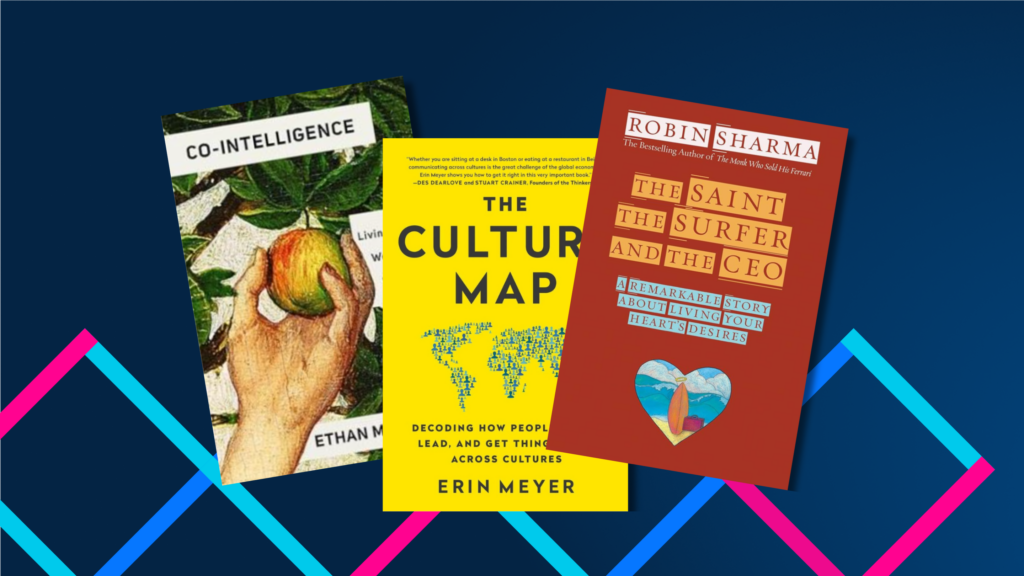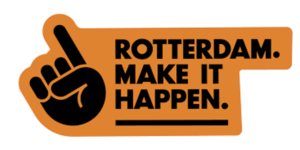
Gilbert Saktoe, Global Social Insights Lead
Most people don’t associate market research with public good. But sometimes, in the quest of answering commercial questions, we uncover insights that go beyond helping brands and into contributing to the greater good. The realization of this came thanks to a conversation with my colleague Anne-Marie Horgan, who encouraged me to think about the societal impact of our research.
I lead Toluna’s Discovery Observation Team. We’re responsible for translating digital data into actionable consumer insights for brands. When I tell people what I do, I often get a reply that goes something like, “So… you convince people to buy more stuff?” It’s a fair assumption. After all, market research is often associated with selling, advertising, and targeting.
But that’s not the full story.
What people rarely see is the quieter, more meaningful side of this work, when data helps solve real problems and improves lives. I’ve been lucky enough to lead many projects that do exactly that, and I’m thrilled to share a few of those stories with you.
1. A surprising health discovery from hot tub conversations
One of the first times I realized the deeper power of marketing research was during a study on hot tub brands. We were analyzing online conversations to understand brand perception when something unexpected emerged.
People weren’t just talking about jets or luxury. They were talking about stress relief, muscle recovery, and better sleep. We uncovered a strong, emotional link between hot tubs and health benefits that had been largely overlooked.
Our insights helped the client promote hot tubs not just as a luxury item, but as a wellness tool. They introduced safer temperature settings, collaborated with health professionals, and launched campaigns to raise awareness about responsible use.
It was a privately commissioned study. But the impact – making wellness more accessible and informed –felt deeply public.
2. Giving a voice to people with thick hair
Another project was in collaboration with an electronics company. They wanted to innovate in the hair curler space. While analyzing social media conversations, we found a recurring frustration: people with thick hair felt ignored by the market. Standard tools just didn’t work for them.
That pain point turned into an opportunity, prompting the brand to develop curlers designed specifically for thick hair. Not only did this open up a new target base for the brand, but it also addressed an underserved group and created a product that is more accessible – a win-win! .
What started as a niche complaint transformed into a moment of product inclusivity – something usually tackled by public-interest groups or advocacy campaigns.
3. Tackling cultural insensitivity in advertising
In today’s world, cultural sensitivity matters more than ever. Through an analysis of public discussions around brand ads, we uncovered growing concerns about racial bias and stereotyping in marketing.
The client took this seriously and decided to develop racial bias guidelines with our help. They then trained their teams and refined their creative strategy. As a result, their ads became more inclusive and far less likely to offend people. A strong testament to how private research can fuel positive change.
4. Improving accessibility in train stations
One of the most rewarding projects, in my opinion, involved analyzing online feedback about a train company. We weren’t looking for it, but we discovered a common concern: accessibility issues for passengers with disabilities.
That insight sparked change. The company improved wheelchair access, upgraded signage, and trained staff to better support disabled travelers.
It’s easy to assume that this kind of progress only comes from government audits or public campaigns. But here, it came from listening to passengers’ real concerns –and responding with action.
5. Ramadan gifting in a post-covid world
During a study of Ramadan gifting trends, we noticed a subtle but important shift. Instead of beauty products, consumers were seeking gifts that reflected care, nourishment, and emotional connection, influenced by pandemic-era wellness priorities.
Our findings helped brands realign their offerings to better support these values, creating products that felt more meaningful and culturally relevant.
It was a powerful reminder that research isn’t just about spotting trends. It’s also about understanding why they matter to people.
6. Cheers to the mocktail movement
When we explored beverage consumption trends, we found growing enthusiasm for non-alcoholic drinks. Whether driven by wellness or personal preference, people were looking for alcohol-free options that didn’t feel like a compromise.
Thanks to the insight, our partner expanded their mocktail offerings and reframed the narrative to normalize alcohol-free choices at social events. In doing so, they supported healthier habits and more inclusive social experiences.
7. Helping consumers navigate the supplement maze
Finally, we dug into online chatter about (sleep) supplements. The results? A lot of confusion about dosage, timing, ingredients, and effects.
That confusion wasn’t just frustrating, but also potentially harmful. Our insights led to clearer packaging, better educational campaigns, and more transparent communication. Ultimately, it helped consumers make safer, more informed health choices.
Why this all matters
All these projects were privately funded. None were part of a government initiative or public health campaign. And yet, every single one made a difference in people’s lives –through better access, safer use, inclusivity, or emotional connection.
That’s why I believe in this work. It’s not just about sales or strategies. It’s about listening carefully, asking the right questions, and turning data into something the world can benefit from.
So, the next time someone assumes market research is just about selling more shampoo or soda, I’ll tell them this: sometimes, yes. But if you listen closely, you might just manage to change lives in quiet, unexpected ways.

The takeaway: ingrain public value into your goals
For brands, researchers, and strategists, there’s an opportunity here. If you’re investing in social insights or market research, don’t stop at what will drive sales. Ask:

What unmet need(s) are we uncovering?

Who benefits beyond the brand and buyer?

Could this insight improve someone’s daily life?
These questions shift the mindset from short-term gain to long-term impact. They also open the door to innovation that’s both commercially smart and socially meaningful.
If you’re a decision maker in a brand, agency, or research team, I encourage you to look for ways to embed public value into your insights process. The opportunity is already there, in the conversations your consumers are having everyday. It just takes someone willing to listen closely and able to act with intention. And if you’re working on a project where you think there’s more than just a business case, let’s talk.
Because some of the most powerful change starts with a simple insight and a willingness to do more with it.
© 2025 Toluna




